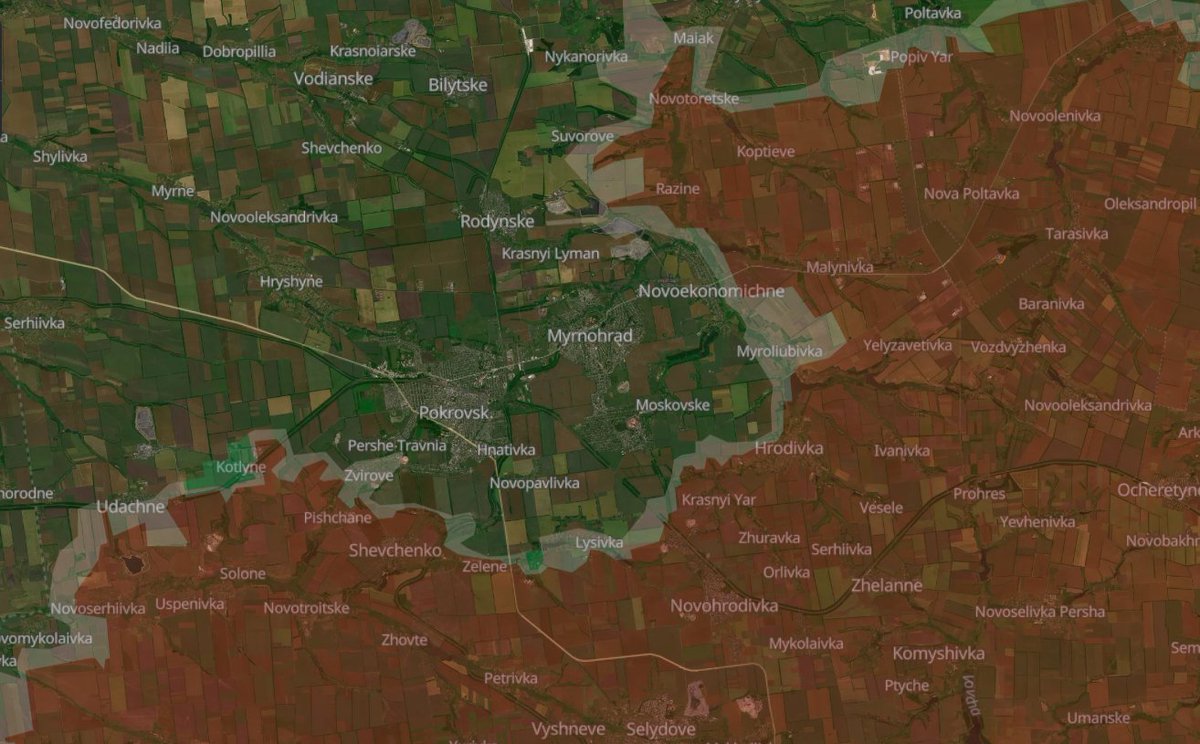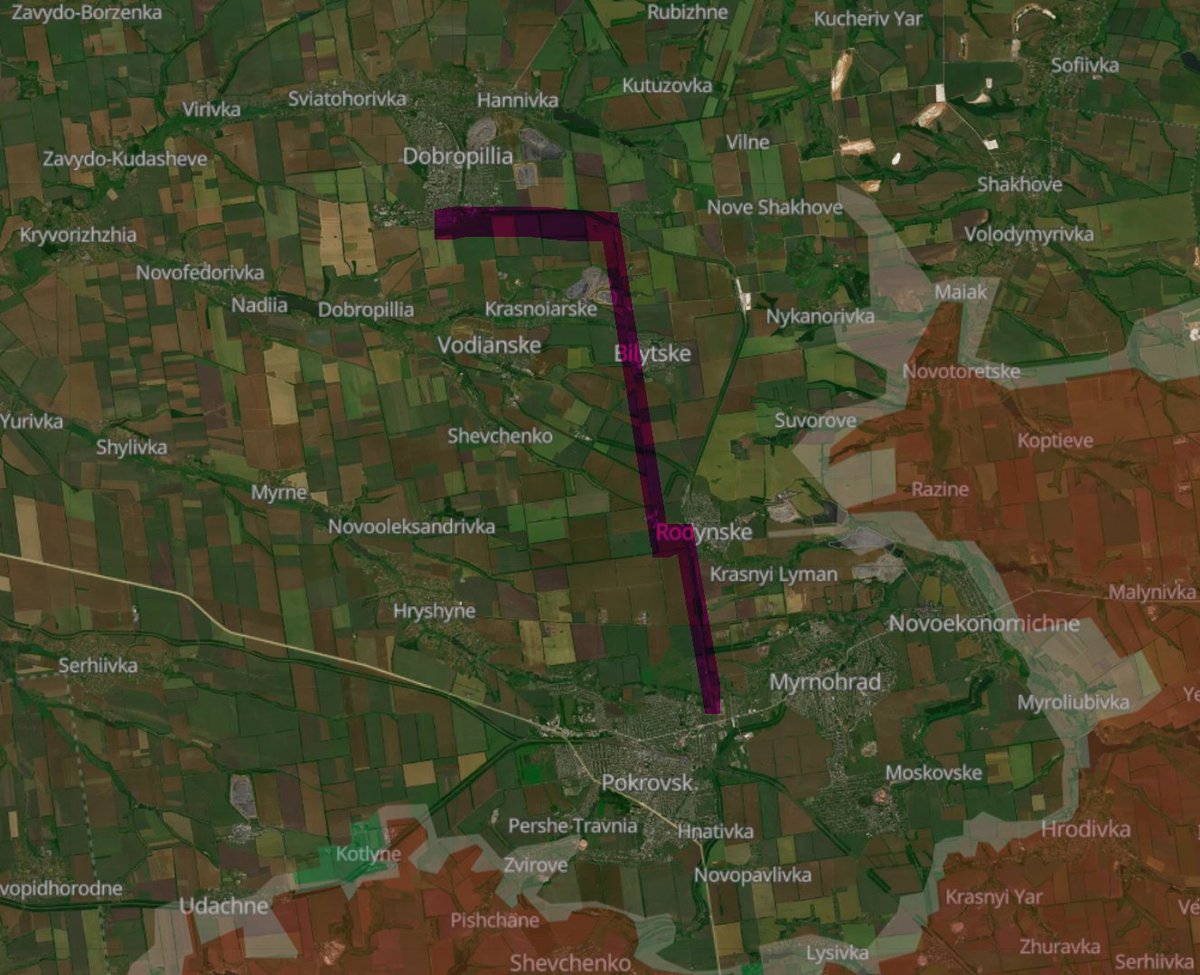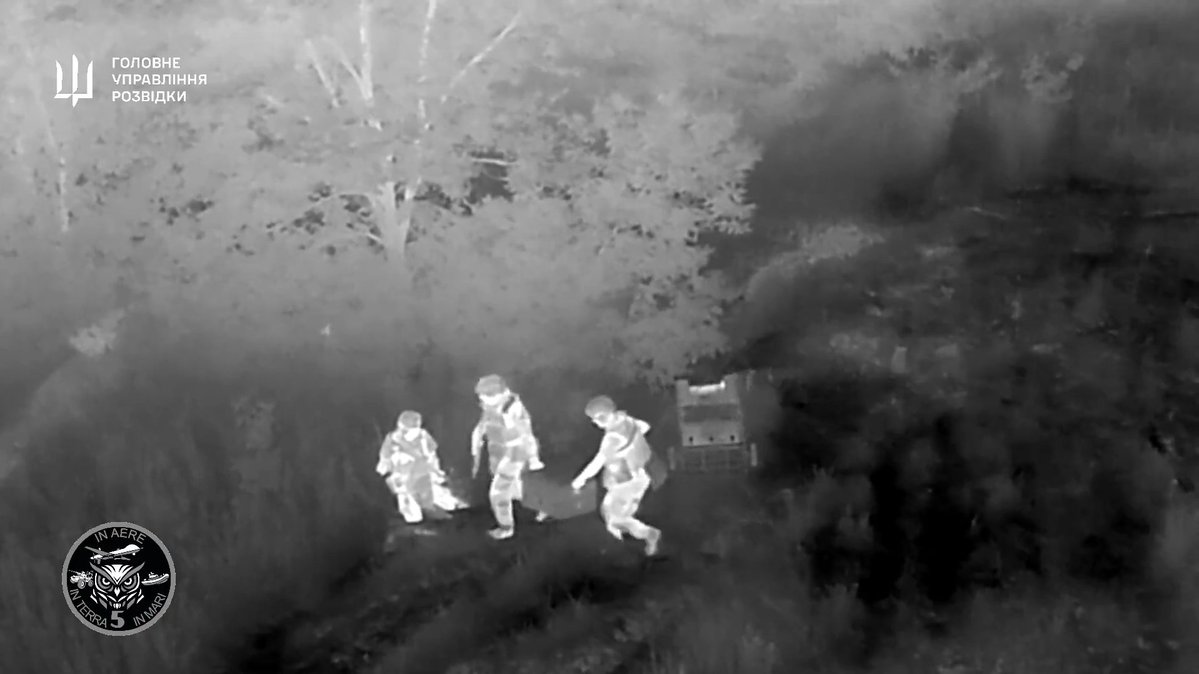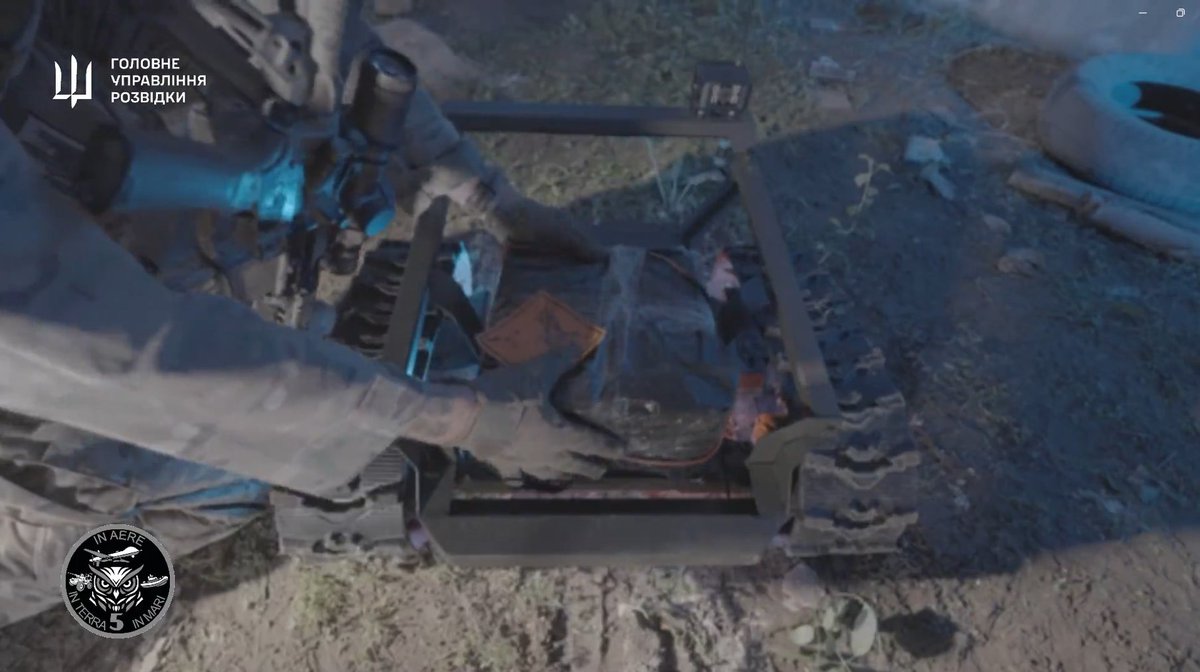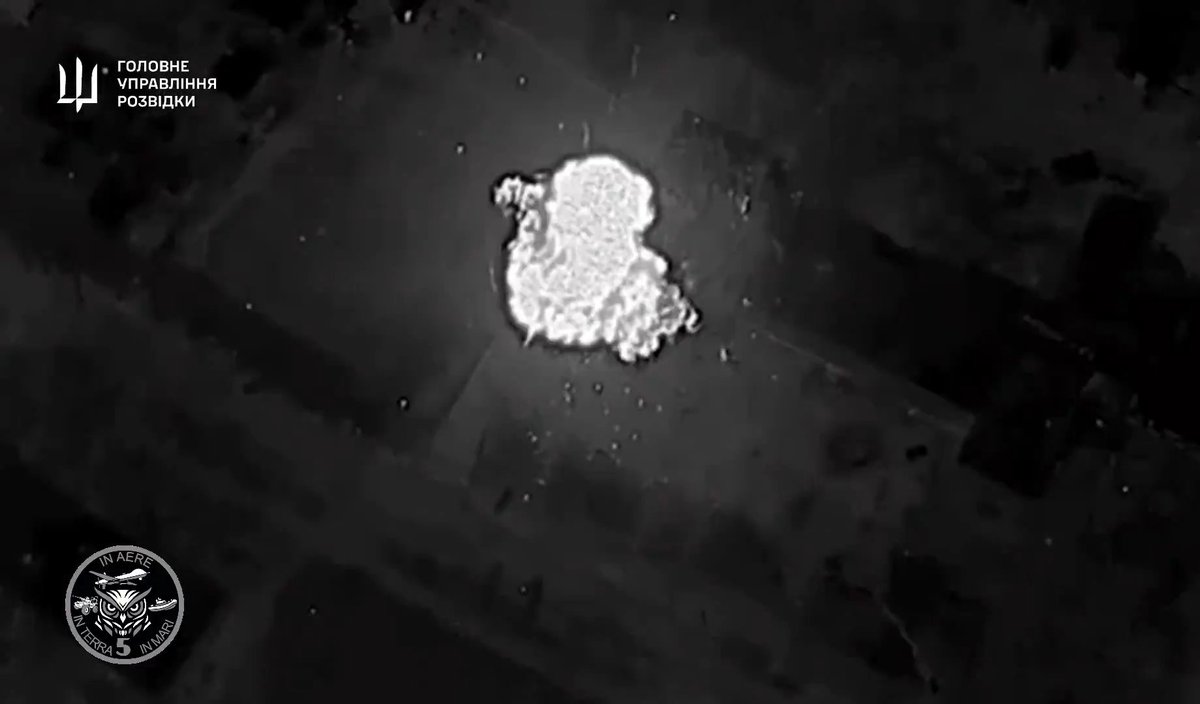Strong and timely piece from the FT on Andriy Yermak, head of the Presidential Administration and Ukraine’s “Grey Cardinal.” While I don’t agree with everything, the reporting offers valuable criticism worth unpacking in a thread. Key takeaways: 

2/ Andriy Yermak isn’t Ukraine’s president but he often acts like one. As Head of the Presidential Office, he drafts peace plans, conducts back-channel diplomacy, and appoints key official. Both the prime minister and senior military leaders are said to routinely defer to him.
3/ In interviews with Financial Times over 40 sources, current and former Ukrainian officials, Western diplomats in Kyiv, and officials in Europe and Washington, many said Yermak holds influence equal to, or greater than, President Zelenskyy.
4/ Inside Kyiv’s presidential compound, Yermak leads a loyal inner circle of about two dozen handpicked advisers. They enjoy access to national security briefings and meetings with foreign leaders - an arrangement seen as highly unorthodox in Western capitals.
5/ His power is controversial. Yermak has come to personify a national debate: will wartime centralization help Ukraine win the war, or harm its democratic future? For many, he’s a symbol of an old order they hoped the war would sweep away.
6/ His decision-making has raised alarms many times. Against the advice of U.S. and Ukrainian officials, Yermak pushed for a meeting with Donald Trump in February - aiming to lock in American backing and a strategic minerals deal.
7/ He has also reportedly intervened in battlefield decisions. Two Ukrainian officials involved in military planning say Yermak overruled generals on several occasions - most notably during the brutal defense of Bakhmut.
8/ At the time, Western officials were alarmed by the rising casualties. Ukrainian commanders complained that resources were being squandered with little strategic return. Many believe the decision to hold Bakhmut came not from the military, but from Zelenskyy’s inner circle.
9/ Eventually, Bakhmut fell. The losses bled into Ukraine’s failed 2023 counteroffensive. “It was a mistake to stay in Bakhmut so long,” said a senior Ukrainian official. “But we had our orders.”
10/ Zelenskyy declined to be interviewed for the FT story, but has strongly defended his chief of staff. “I respect him for his results,” he told a reporter last year. “He does what I tell him. He’s one of the strongest managers on my team.”
11/ One of the most common criticisms is the size of his ego. “Planetary,” said a Western ambassador who has dealt with him for years. “Actually, galactic might be more accurate.” A former U.S. official, briefed on Yermak’s trip, added: “He complicates everything, offers no real creative ideas, and often makes it about himself.”
12/ Yermak is rarely far from controversy. Some focus on Oleh Tatarov, a top official in the Yanukovych-era police apparatus and now one of Yermak’s closest allies in government. They accuse Tatarov of acting as Yermak’s enforcer, influencing Ukraine’s security agencies
13/ Another sensitive issue is Yermak’s younger brother, Denys, a businessman tied to multiple corruption allegations. The latest claims came from military intelligence chief Kyrylo Budanov, whom Yermak reportedly tried to have removed in response, two sources said.
14/ Over the past few months, Yermak had been working on a crowning project of sorts: the biggest reshuffle of Ukraine’s cabinet of ministers since the start of the war. Last week, he successfully completed it, installing his protégé as prime minister
This is only part of the story. I recommend reading the full article yourself I don’t want to violate copyrights by reposting it here. You can find it at the link below
ft.com/content/4d6114…
ft.com/content/4d6114…
• • •
Missing some Tweet in this thread? You can try to
force a refresh





